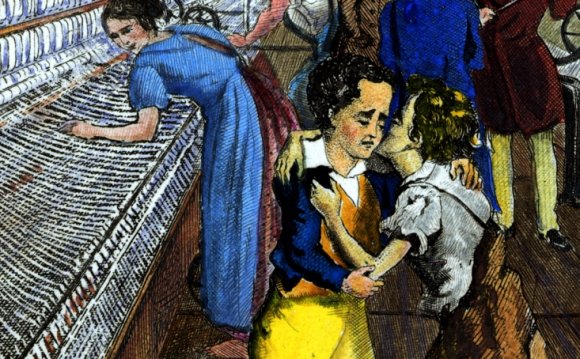
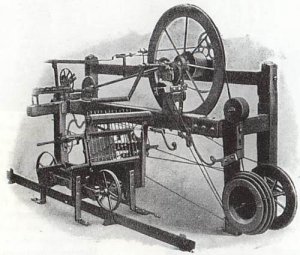 When studying the industrial revolution it can be easy to get lost in the amount of detail from the period. Alot happened in just 150 years and it can be difficult to choose which key events are most significant. This Industrial Revolution facts page will provide you with some of the key facts of the period and give you a key overview of this significant event in British history.
When studying the industrial revolution it can be easy to get lost in the amount of detail from the period. Alot happened in just 150 years and it can be difficult to choose which key events are most significant. This Industrial Revolution facts page will provide you with some of the key facts of the period and give you a key overview of this significant event in British history.
It’s easy to become overwhelmed but we hope some of the facts below will help in identifying key moments for you which you can then research in further detail if required.
Our industrial revolution information portal should assist you in finding more detail on a specific subject however some of your essays or worksheets may just require some of the key points of the period.
: The Industrial revolution begin in Britain in the late 1700’s
: Initially Factories were commonly built near rivers so that water power could be used for the day to day running of machines.
: The Darby family discovered how to make cheap iron at their iron works in Coalbrookdale. Historians labelled them the cradle of the industrial revolution.
: In 1700 most people lived and worked in the countryside. This would change over the course of 150 years dramatically.
: Throughout the industrial revolution Britain was commonly referred to as the ‘workshop of the world’
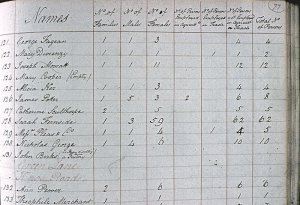 : Three of the most significant machine inventors were James Hargreaves, Richard Arkwright & Samuel Crompton. They invented the Spinning Jenny (1765), Water Frame (1769) and the Spinning Mule (1779). These three inventions shaped the initial factors of Britain.
: Three of the most significant machine inventors were James Hargreaves, Richard Arkwright & Samuel Crompton. They invented the Spinning Jenny (1765), Water Frame (1769) and the Spinning Mule (1779). These three inventions shaped the initial factors of Britain.
: In 1787 Edmund Cartwright invented the power-loom. By 1829 there were over 49, 000 power looms in mills across Britain.
: By 1800 there were approximately 1, 250 steam engines running in Britain.
: In 1700 only 2.4 million tonnes of coal were mined in Britain however by 1900 this had risen to 224 million tonnes.
: Children as young as five years old were instructed to work long hours within coal mines as ‘trappers’
: Having been saved by the famous Darby family the iron industry grew from strength to strength within the industrial revolution and by 1850 over 2 million tonnes were made in Britain; half of the worlds supply!
RELATED VIDEO
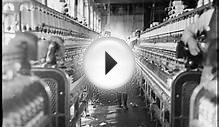
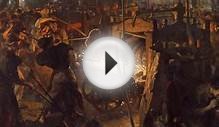

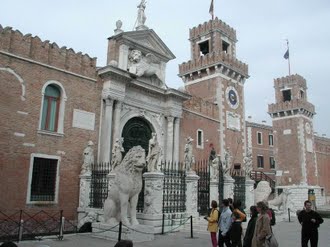 The Venetian Arsenal (Italian: Arsenale di Venezia) was a complex of state-owned shipyards and armories clustered together in Venice in northern Italy. It was responsible for the bulk of Venice's naval power during the middle part of the second millennium AD. It was...
The Venetian Arsenal (Italian: Arsenale di Venezia) was a complex of state-owned shipyards and armories clustered together in Venice in northern Italy. It was responsible for the bulk of Venice's naval power during the middle part of the second millennium AD. It was...
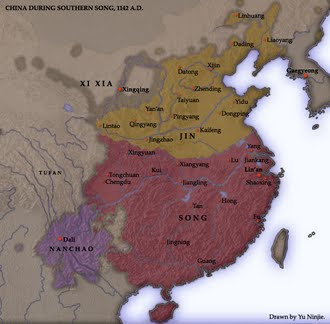 As a means of recording the passage of time, the 12th century is the period from 1101 to 1200 in accordance with the Julian calendar in the Common Era. In the history of European culture, this period is considered part of the High Middle Ages and is sometimes called...
As a means of recording the passage of time, the 12th century is the period from 1101 to 1200 in accordance with the Julian calendar in the Common Era. In the history of European culture, this period is considered part of the High Middle Ages and is sometimes called...








